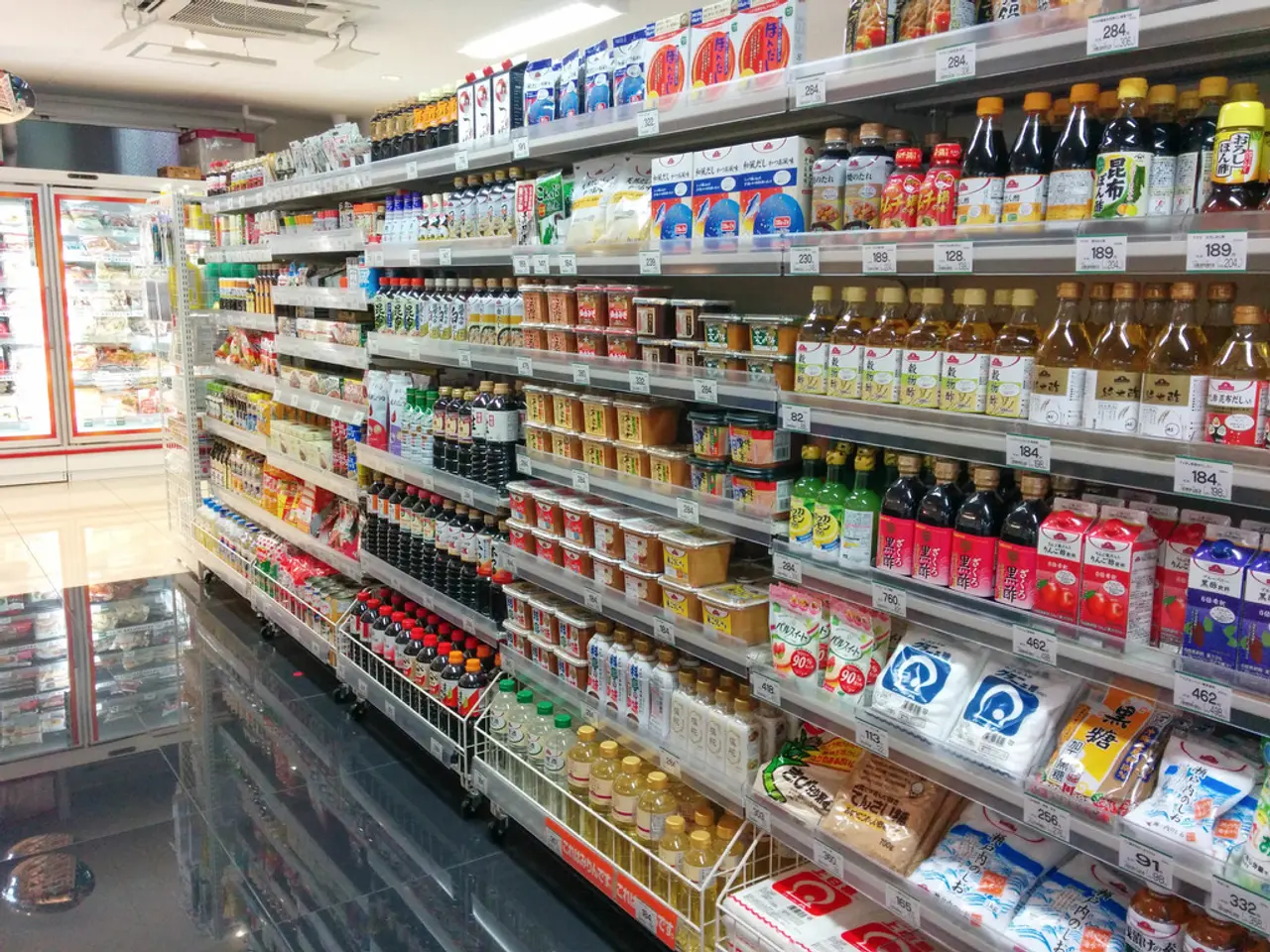Reflecting trends seen in developed countries, the labor market in Turkey demonstrates similar patterns
In a recent report, it has been predicted that Turkey's employment distribution will continue to converge with that of high-income countries over the medium and long term. This transformation in Turkey's job market is shaped by a variety of factors, creating a labour market environment distinct from the generally more stable, less informal, and more gender-equitable labour markets typical of high-income countries.
The report, which covers the one-year period ending in May 2025, examines job transitions using data from the Social Security Institution (SGK). It found that 68% of displaced workers in the manufacturing sector found new jobs, with nearly half transitioning to the services sector. This shift towards the services sector is attributed to technological advancements, evolving consumer preferences, and the relocation of manufacturing activities abroad.
Recent trends in Istanbul's job market show a mixed picture. Unemployment has fluctuated, reaching 8.6% in April 2025 but easing to 8.4% in May 2025. Youth unemployment remains high at about 15.4%, while employment growth is modest. The report also highlights ongoing gender disparities, with male employment significantly higher than female employment. Labor force participation has been stable around 53.5%.
A significant local factor affecting Istanbul's labor market is the large refugee population, notably Syrian refugees. Efforts such as the ISDEP 2 program aim to integrate refugees economically through Turkish language instruction, job readiness training, subsidized on-the-job training, and expedited work permits.
Istanbul is also becoming an attractive hub for startups and foreign companies. Factors include the advantageous time zone, a well-educated workforce, and cultural compatibility. This has encouraged foreign direct investment and employment opportunities in the tech and service sectors.
Turkey's macroeconomic environment also influences the job market. Inflation has recently fallen to a four-year low of 33.5%, with further reductions forecasted. This may improve economic predictability and thus support employment growth.
The report found that the reemployment rate in 2024 is the highest recorded since 2018, excluding the post-pandemic recovery in 2020. Total paid employment in Turkey increased by 1.2 percent over the year. The construction sector gained 83,000 jobs, while the services sector added 258,000 positions, a 2.9 percent rise.
In conclusion, Turkey's employment distribution is steadily converging with that of high-income countries. The report predicts that this trend will continue in the medium and long term. However, challenges such as high youth unemployment, gender disparities, and the integration of a large refugee population remain significant hurdles in Turkey's job market transformation.
[1] Source: Turkish Statistical Institute (TÜİK) [2] Source: International Organization for Migration (IOM) [3] Source: Startup Istanbul [5] Source: Central Bank of the Republic of Turkey (CBRT)
- The report, based on data from the Social Security Institution (SGK), reveals that the finance and service sectors are becoming increasingly attractive for displaced workers in Turkey's manufacturing industry.
- As Turkey continues to transform its job market towards high-income countries' models, the finance, business, and startup sectors in Istanbul are benefiting from foreign direct investment, contributing to employment growth in these sectors.




